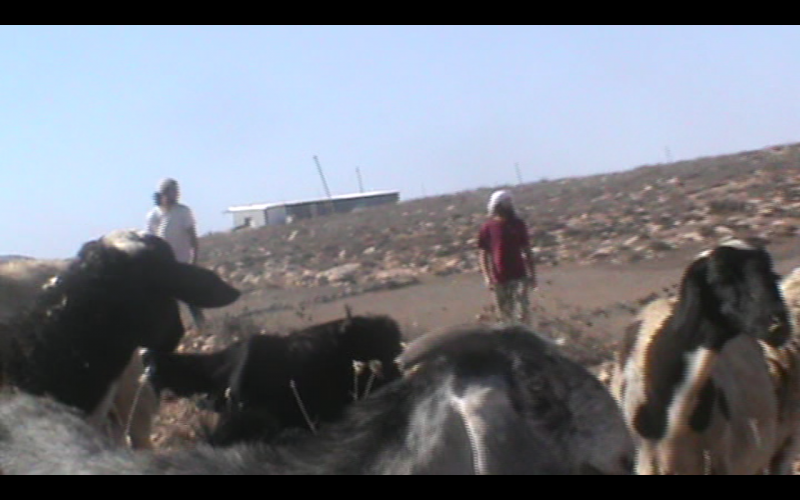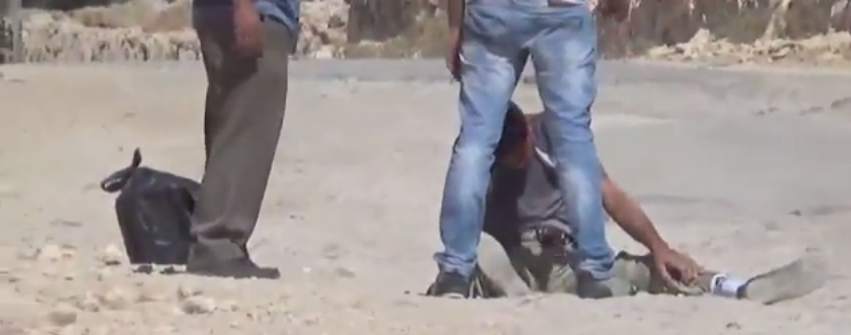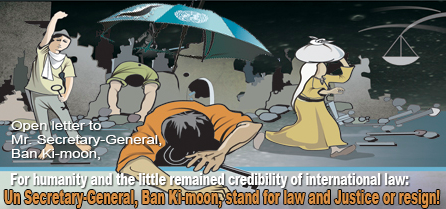Category: In the Media
-
Israeli settlers attacked internationals and a Palestinian shepherd
15th September | Operation Dove | At Tuwani On September 14th, two Israeli settlers attacked a Palestinian shepherd and two international near the Israeli outpost of Mitzpe Yair, in the South Hebron Hills area. During the aggression, the settlers stole video cameras from the internationals and broke one of their phones. Israeli police detained the…
-
Israeli police beat a Palestinian and confiscated his tractor
13th August 2014 | Operation Dove | at-Tuwani, Occupied Palestine On August 12th, at approximately 9.45 a.m., near the South Hebron hills area village of at-Tuwani, Israeli Police beat a Palestinian and confiscated his tractor. The 20-year-old man was driving his tractor, carrying a water tank, from the village of at-Tuwani to Yatta City when the Israeli police…
-
Un Secretary-General, Ban Ki-moon, stand for law and justice or resign!
7th August 2014 | Badil | Occupied Palestine For humanity and the little remained credibility of international law: Un Secretary-General, Ban Ki-moon, stand for law and justice or resign! Mr. Secretary-General Ban Ki-moon, We, the under signed Palestinian human rights and community-based organizations are extremely disappointed by your performance, notably by your biased statements, your failure to act, and…



